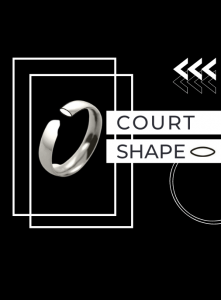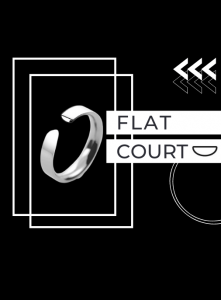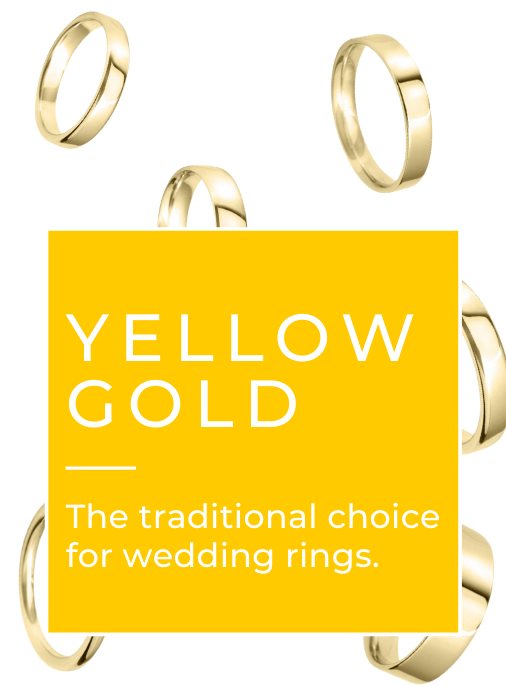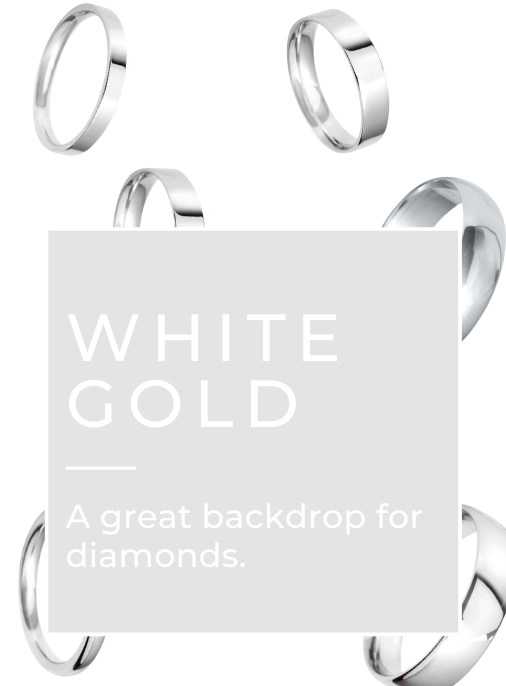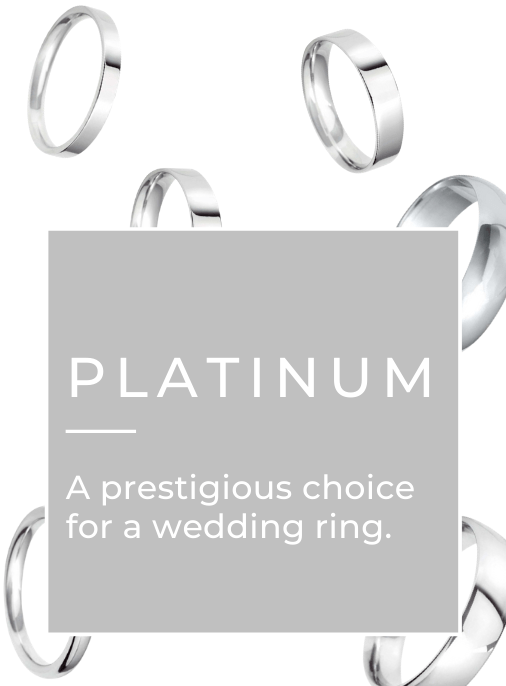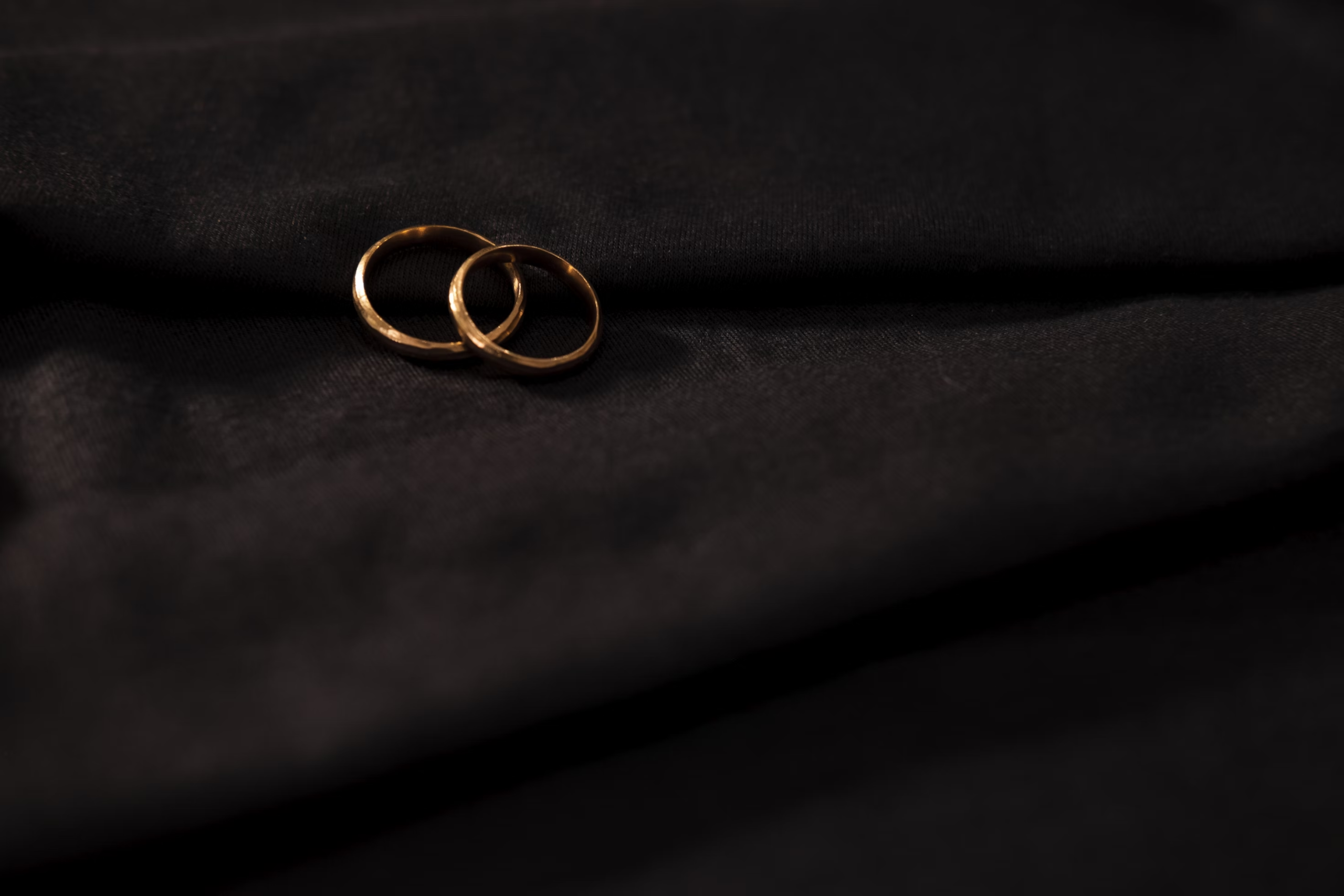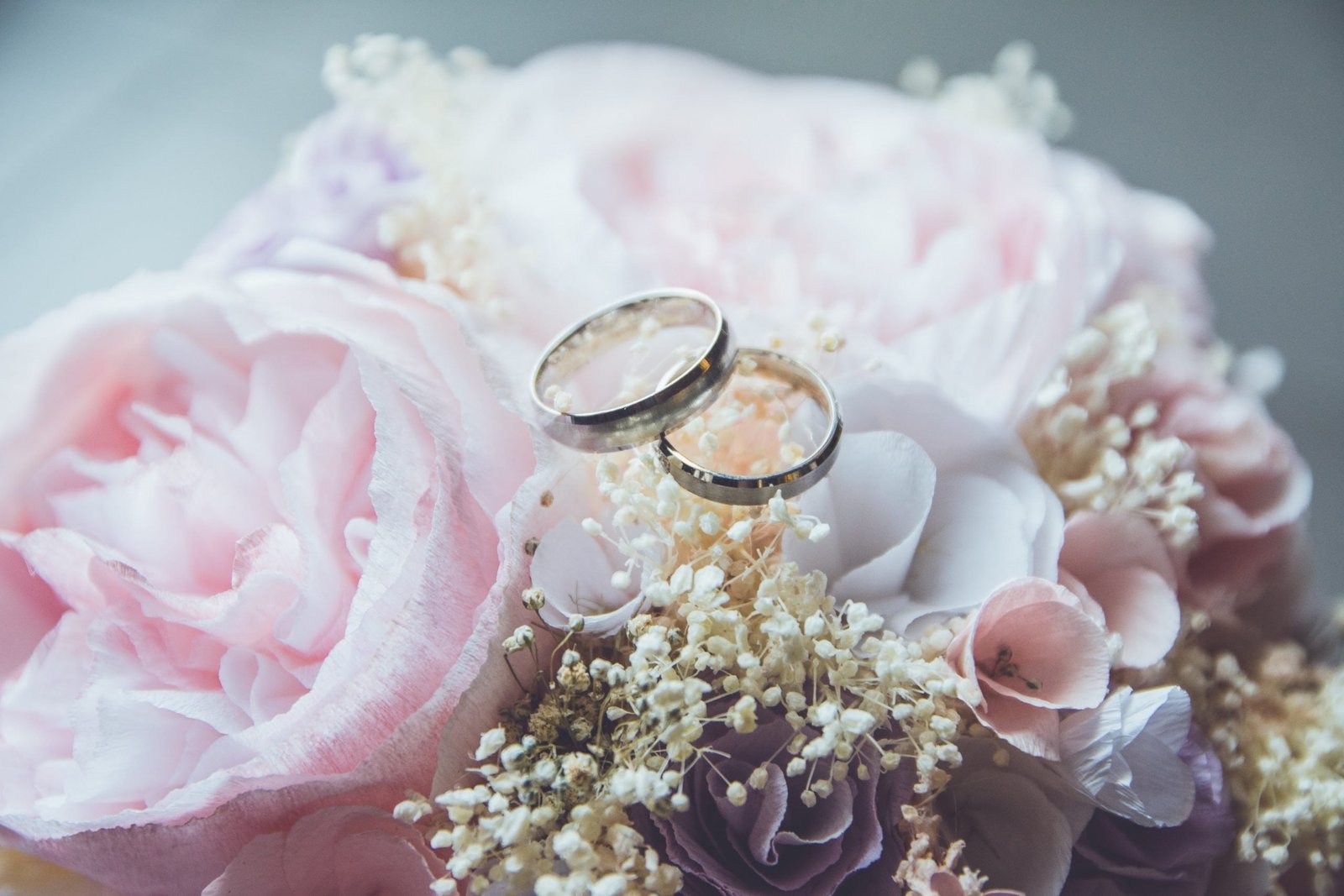
The Beginner’s Guide on How to Choose a Wedding Ring
Many people think that a wedding ring is the simplest piece of jewellery you can buy. After all, it is “just” a band of precious metal.
Wrong. Choosing a wedding ring can actually prove to be quite a daunting task, when you consider all of the different variations. Even with plain wedding rings you need to know what metal, profile, size, width and depth you’re after.
“A wedding ring is a symbol of commitment; a promise, a pledge, and a vow. The promise is to forsake all others, to stay devoted and true; the pledge is to honour that promise selflessly, to see the whole thing through; and the vow is to keep that pledge unwaveringly, until the days are few. It is a mutual agreement to become one instead of two.” J.W Lord
Our guide will teach you how to choose a wedding ring that is right for you and your partner. Let’s get started!
Do You Have To Get Matching Wedding Bands?
The short answer is no. The bride will usually want a wedding ring that goes with her engagement ring, so it’s likely that the groom will need a different style of wedding band.
Choosing The Metal For Your Wedding Ring
When you’re thinking about buying a wedding ring, the first thing you might want to decide on is the precious metal it will be made of. Here at The Wedding Rings Company we offer 4 precious metal options – yellow, rose and white gold, as well as platinum.
Yellow Gold
This precious metal is the traditional choice for wedding rings. We currently offer 9ct and 18ct yellow gold wedding rings.
Rose Gold
Sometimes referred to as pink or red gold, rose gold is quite a romantic colour for a wedding ring. Rose gold is a gold/copper mixture and is a distinguished choice for a wedding ring. We currently offer 9ct and 18ct rose gold wedding rings.
White Gold
Wedding rings made from white gold contain gold alloyed with white metals (usually silver or palladium). This is what gives a white gold wedding ring its sparkle and it also provides a great backdrop for diamonds! We currently offer 9ct and 18ct white gold wedding rings.
Platinum
This precious metal is one of the most popular and prestigious choices for wedding and engagement rings. Platinum wedding rings are known for their solidity and value, due to the scarcity of this metal. We currently offer platinum wedding rings in 95% purity!
EXPERT TIP: For many people, their preferred wedding ring metal will match an existing piece of jewellery or a watch. If you wear your engagement ring, it is recommended that your wedding ring metal matches it. This is so that both rings experience a similar degree of wear and tear over time, since different metals age differently.
If you haven’t made up your mind about which wedding ring metal to go for, feel free to contact us for a free consultation.
Choosing The Shape of Your Wedding Ring
Now that you have chosen the precious metal you want for your wedding ring, it’s time to choose the profile. Choosing the profile for your wedding ring comes down to the preference in style you’re after – whether it is traditional or more contemporary.
We currently offer 3 different wedding ring profiles – Court Shape, D Shape and Flat Court.
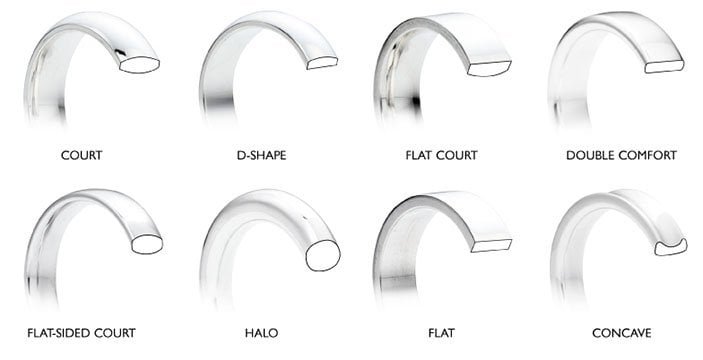
Court Shape
This profile is the most popular style for wedding rings and is also known as the “comfort fit”. The court shape is curved on the outside, as well as slightly curved on the inside – which makes it easy to take on and off.
D Shape
Similar to the court shape, this profile is the most traditional style for a wedding ring. It’s flat on the inside and curved on the outside (if you were to cut through it, it’s shape would resemble a D in cross-section).
Flat Court
For a more contemporary style, you might want to consider the flat court profile. It retains the comfortable curved shape on the inside, while being completely flat on the outside. Flat court wedding profile looks great in white gold and platinum!
Choosing The Size of Your Wedding Ring
The size of the ring mostly refers to the circumference of the wearer’s finger. Please refer to the ring size chart below to work out your own, or your partner’s ring size.
| Size (UK) | Circumference (mm) | Size (UK) | Circumference (mm) |
|---|---|---|---|
| A | 37.8 | N | 53.8 |
| B | 39.1 | O | 55.1 |
| C | 40.4 | P | 56.3 |
| D | 41.7 | Q | 57.6 |
| E | 42.9 | R | 58.9 |
| F | 44.2 | S | 60.2 |
| G | 45.5 | T | 61.4 |
| H | 46.8 | U | 62.7 |
| I | 48.0 | V | 64.0 |
| J | 48.7 | W | 65.3 |
| K | 50 | X | 66.6 |
| L | 51.2 | Y | 67.8 |
| M | 52.5 | Z | 68.5 |
Here at The Wedding Rings Company we currently offer 2 size options – J to P and Q to Z. Please note that we can create a bespoke ring of any size for you to match the perfect fit.
When it comes to choosing the size of your wedding ring you should also consider the depth of the ring. The thicker the ring, the tighter the fit. Rings with a deep band width usually require the wearer to go one size up.
EXPERT TIP: Measure the circumference of your finger in the evening, because this is when your fingers are largest. Make sure you’re not cold, as this can cause your measurements to come out at least half a size smaller!
Choosing The Width of Your Wedding Ring
The width of a wedding ring mostly comes down to your personal preference. Generally, the size of your hands will determine the right width of the wedding ring. The larger the hands, the wider the ring – although this is subjective! We currently offer wedding rings in widths ranging from 2mm to 8mm.

Here at The Wedding Rings Co., we mostly find that ladies will go for wedding rings between 2mm and 3mm in width. For most gentlemen, the preferred wedding ring width is 4mm and 5mm. If you already have an engagement ring, you can decide on the width of your wedding ring based on that.
For any specific questions, please feel free to contact us for a free consultation or use our sample service to try different wedding ring shapes and sizes.
Choosing The Depth of Your Wedding Ring
Before you buy your wedding rings, you will need to choose the depth. This simply refers to the thickness of the ring. We currently offer 3 depth options – light (1.3mm), medium (1.7mm) and heavy (2.1mm).

As you can imagine, the depth of a ring affects its weight. Since more metal is needed to make a heavy ring than a light ring, the price of it also increases.
Follow Us
More Guides
6 Minute Read
26 Minute Read

